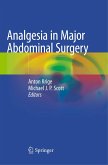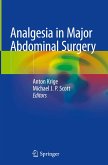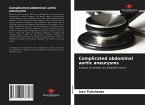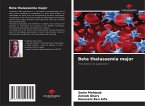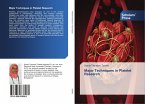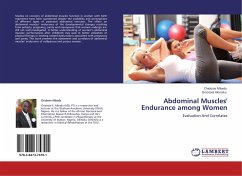Protective ventilation (PV) was extrapolated from the ICU to the operating room. Purpose: To determine the effect of a VP protocol in major abdominal surgery on morbidity.Prospective, double-blind study (June 2019 to January 2022), including patients proposed for major abdominal surgery. Randomization: non-protective ventilation (NPV) group, n=50, VP group, n=50.The incidence of respiratory complications was higher in the NPV group (24% vs 8%, p=0.029). VP significantly reduced the occurrence of atelectasis (one vs. seven patients in the VNP group), p<0.001, no significant difference in the occurrence of postoperative complications. During the first three postoperative days, nine patients (18%) in the VNP group required NIV assistance versus two patients (4%) in the VP group with an OR of 3.29; 95% CI [2.14-3.61], p=0.001. The duration of hospitalization was shorter in the VP group (less than three days), 95% CI [-4.28 to -1.62], p=0.002.Conclusion: VP during major abdominal surgery decreased respiratory complications, use of NIV and length of hospital stay.


